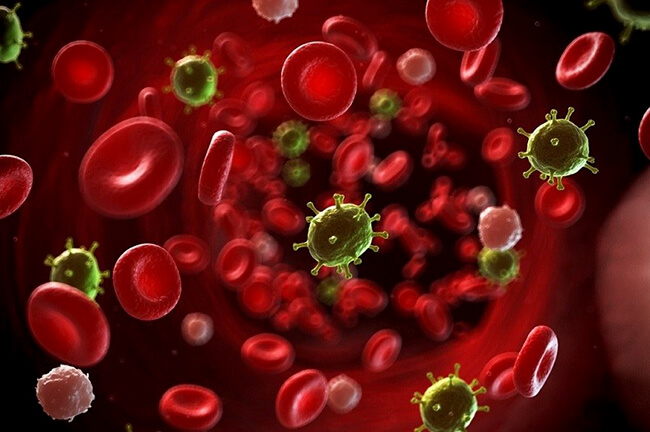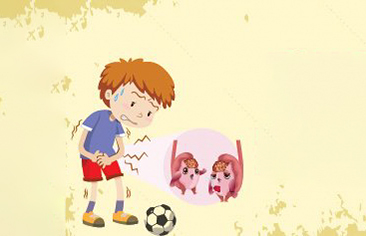Pediatric sepsis is a severe systemic infection in children, resulting from an excessive immune response to infectious agents (bacteria, viruses, parasites, fungi), leading to multi-organ failure and rapid death. Annually, an estimated 20 million children under 5 worldwide suffer from sepsis, with 3 million succumbing to the condition. At the Vietnam National Children’s Hospital, the Pediatric Intensive Care Unit admits 1-2 children with septic infections daily.

This disease progresses rapidly and poses a life-threatening risk when not promptly detected. An example is the case of 1-year-old N.H. in Hanoi, who initially presented with a high, persistent fever, fatigue, sneezing, and a runny nose. The child’s condition worsened after administering fever-reducing and antibiotic medications at home, leading to rapid, labored breathing. As a result, N.H. was transferred to Vietnam National Children’s Hospital on August 30th.
Upon arrival at the Emergency and Poison Control Department in a critical condition, with respiratory and circulatory failure, N.H. frequently cried. Initial tests indicated high inflammatory markers, coagulation disorders, elevated liver enzymes, and acute kidney injury. Promptly, physicians diagnosed the case as septic shock. N.H. received intubation, fluid resuscitation, vasopressors, and broad-spectrum antibiotics for stabilization before being transferred to the Pediatric Intensive Care Unit. Critical treatment included extracorporeal membrane oxygenation (ECMO) and continuous renal replacement therapy to combat complications like pericardial and pleural effusions and acute kidney injury.

Laboratory tests confirmed Staphylococcus aureus as the causative agent. This microbe commonly results in organ damage such as pneumonia, pleural effusion, pericardial effusion, and bone and joint infections. The child was actively treated with antibiotics, underwent effusion drainage, and received respiratory and circulatory support. After 14 days of intensive care, the child showed improvement but still required ongoing monitoring for sepsis-related complications.
Pediatric sepsis remains a significant health burden with a high mortality rate despite advancements in critical care. Early recognition and immediate intervention are pivotal in treating sepsis, involving antibiotics, mechanical ventilation, vasopressors, and additional life support therapies.

Common Symptoms of Pediatric Sepsis:
According to Dr. Chu Thanh Sơn, from Pediatric Intensive Care Unit, early identification of pediatric sepsis can be challenging for parents as its symptoms often resemble milder illnesses. Some signs of concern include:
- Altered mental state or confusion.
- Muscle or joint pain, along with a high fever.
- Infrequent urination.
- Rapid or labored breathing.
- Extreme fatigue and weakness.
- Pale or mottled skin.
Pediatric sepsis is a medical emergency, and the prognosis relies on early detection and intervention. Parents should seek immediate medical attention to prevent severe complications or fatal outcomes if you suspect or confirm pediatric sepsis based on the abovementioned symptoms. Cases that respond well to treatment may recover within 7-14 days, whereas those detected and treated late may face long-term complications or even death. The causative agents of sepsis can be viruses, bacteria, fungi, or parasites, requiring identification through blood cultures and rapid antigen tests, molecular gene amplification tests, and searching for sources such as pneumonia, soft tissue infections, and urinary tract infections.




